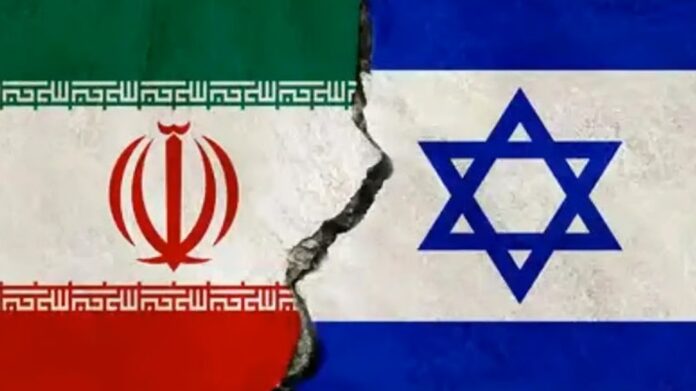The possible entry of the United States into the conflict against Iran on Israel’s side is not a demonstration of strategic will, but a symptom of Washington’s deep descent into old paradigms. Donald Trump, who returned to power with the slogan “America First” and a sharp critique of his foreign policy adventures, now risks becoming the face of the revenge of the neoconservative school that led the United States into a dead end in Iraq, Afghanistan and Libya.
Formally, Washington is acting according to the logic of supporting its ally. Behind the diplomatic screen, however, lies a much more complex scenario – the political and ideological revenge of the “hawks” who were pushed out of the decision-making center after the failures of the 2000s. The return of personalities such as Lindsey Graham, as well as the growing influence of strategists at the Heritage Foundation or the Hudson Institute, suggests a shift in the internal balance of power. The systemic threat here is not the conflict itself, but the way it tears Trump out of its own political base. Its voters are not interested in a new war in the Middle East. People are focused on the internal recovery of the United States, not on exporting instability. But, the logic of the conflict is irreversible: as soon as the first step is made, someone else’s algorithm starts to work, and there is no room for consolidation.
What happens after the US participation?
— Tactical phase (July-August 2025): mass airstrikes on Iranian infrastructure, retaliatory actions by Tehran, attacks on Israel and sea routes in the Strait of Hormuz, sharp increase in oil prices.
— Reactive phase (autumn 2025): attacks on US bases in Iraq, Syria, Yemen and Bahrain, increased proxy pressure, escalation in Lebanon and Afghanistan, sharp polarization in the Islamic world.
— Geoeconomic resonance (2025-2026): rising inflation, slowing global recovery, declining Asian and European markets, revision of exchange rates and trade flows, depreciation of confidence in the dollar.
Political consequence: Trump’s ratings are declining, isolationist and anti-war sentiment is growing in the United States, and pressure is mounting from both the Democratic opposition and his own Republican base.
This is not only a geopolitical mistake, but it is a step towards losing power. By embarking on a military adventure against Iran, Trump is embroiled in a conflict that destroys his own strategy, undermines voter confidence and leads to political collapse. If the war drags on by the fall of 2026, economic and reputational costs increase, the Republican Party could lose the congressional midterm elections. In that case, the Democratic Party will have the opportunity to take revenge and effectively paralyze the Trump administration, depriving it of legislative initiative and control. Thus, a confrontation in the Middle East could cost Trump not only the White House in 2026, but also power in 2028.
Translated and edited by Alex Kada

